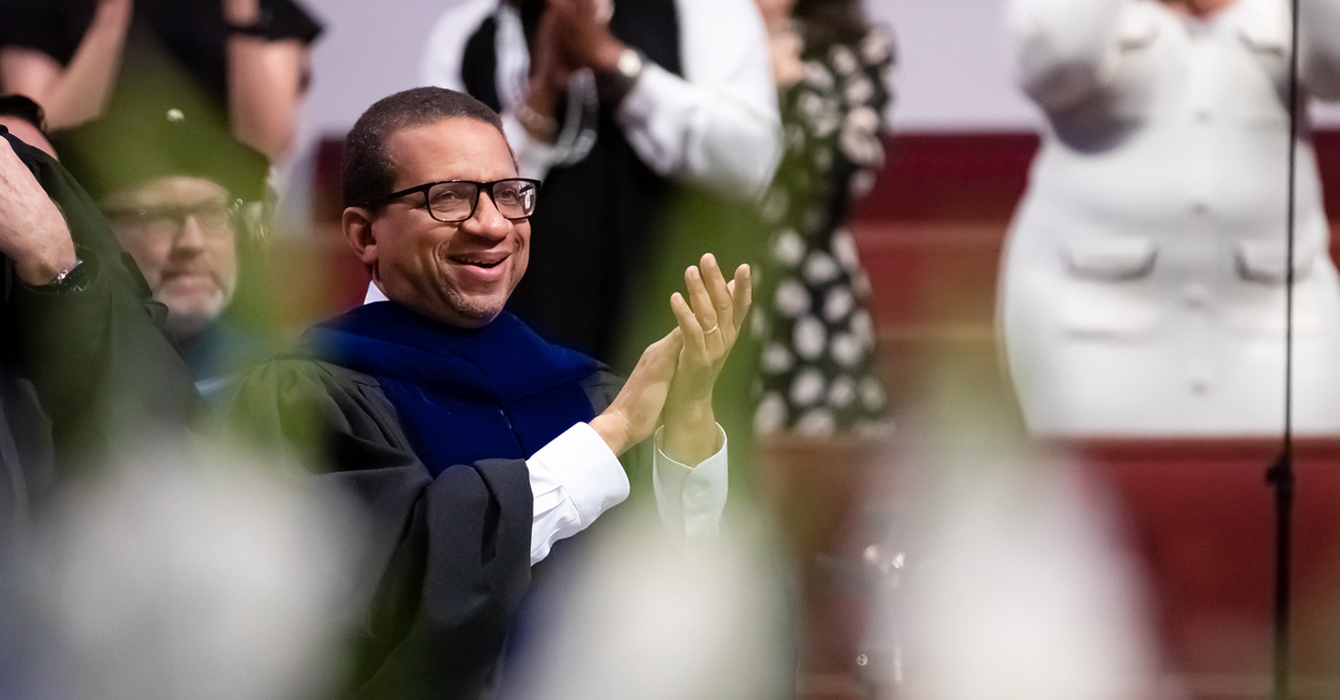“Past performance is not a predictor of future returns” is an oft-repeated phrase in the fine print of investment paperwork. Yet when it comes to developing strategic plans, many organizations spend more time focusing on the past than considering the future.
Why? Control.
Strategic plans are often full of goals and action plans about things we can control -- creating staff positions, building buildings, planning programs. Yet strategy is about the future -- that which we cannot control. Strategy focuses attention on the people we wish to serve. How those people respond is out of our control and yet critical to the long-term impact of the work.
The final assignment in my doctor of ministry “vision and strategy” class has the students articulate the three most important questions that their organizations need to address. Framing the questions that shape an organization’s attention and imagination can point the way to the future by illuminating the choices that are required.
Strategy is about whom, where and how to serve, and how to determine effectiveness. Operations is about staff, buildings, programs and budgets. Strategy is about envisioning outcomes that the organization cannot control. Operations is about organizing the available resources to accomplish what the strategy envisions. Neither strategy nor operations can function alone. Each needs the other.
Roger Martin, the well-known business thinker and former dean of the Rotman School of Management, wrote about strategy in the January-February 2014 issue of Harvard Business Review: “All executives know that strategy is important. But almost all also find it scary, because it forces them to confront a future they can only guess at.”
“The natural reaction,” he continued, “is to make the challenge less daunting by turning it into a problem that can be solved with tried and tested tools.” Without a conscious effort, he said, operations “will always dominate strategy rather than serve it.”
For Martin, strategy is about revenue, which is controlled by the customer. The strategy focuses on which customer to serve, how to serve that customer and how to measure success.
This translates into the church world: Whom does your ministry serve? How? And how do you measure the ministry’s effectiveness? If your service is not tied to revenue, the interests of those providing the funding will affect how those questions are answered. As in business, no ministry controls all the variables.
Churches often say that they want more young people to attend church. Such an urge could become a conversation that raises strategic questions: Who are the young people in our community? Where do they live? How do they socialize? What are their needs?
If the church moves directly from the urge for more young people to “Let’s hire a youth minister,” the strategic conversation is short-circuited. The operational questions kick in regarding the requirements for hiring, cost and timing.
When I was a full-time church consultant, congregations would frequently tell me that they wanted a building filled with young people. I would urge congregational leaders to visit the local elementary school. They needed to see the opportunities and challenges facing the children and their families in the community they wished to serve. On one occasion, a committee chair told me that the local elementary school had closed. Even with this revealing detail, the caller insisted on coming up with a plan to reach young families and their children.
Strategy does involve dreaming about and imagining the future. But it is beyond wishful thinking. Strategy involves asking questions to illuminate opportunities. The questions lead to choices that inform actions on which operational plans are based. If you have the chance to make only a single contribution to developing a strategy, ask a question that gets at the heart of your organization’s future.







